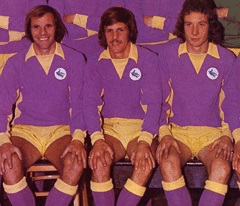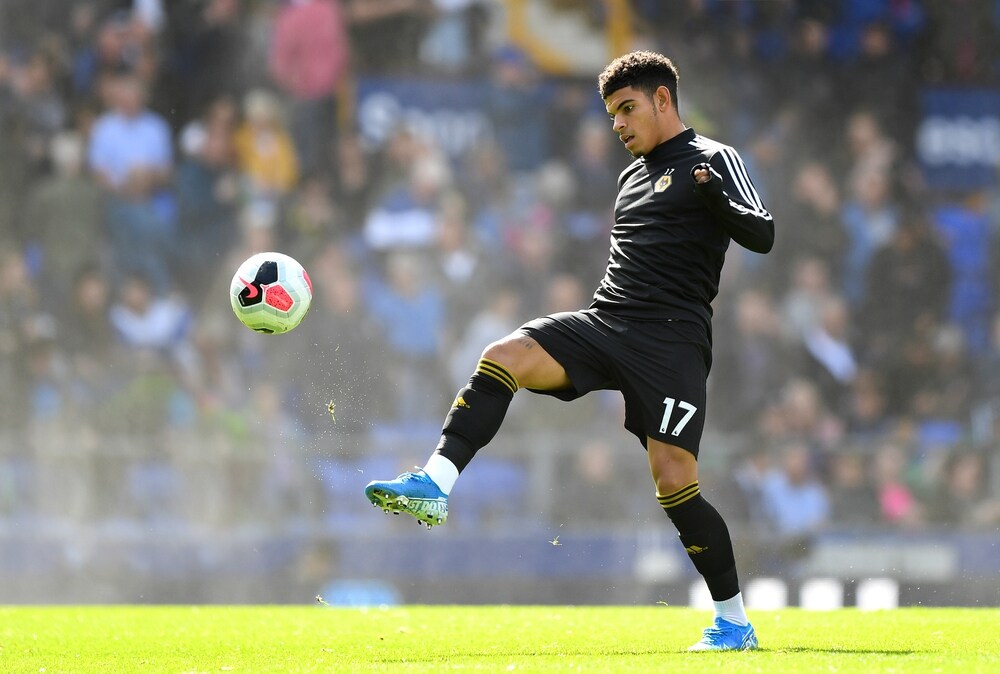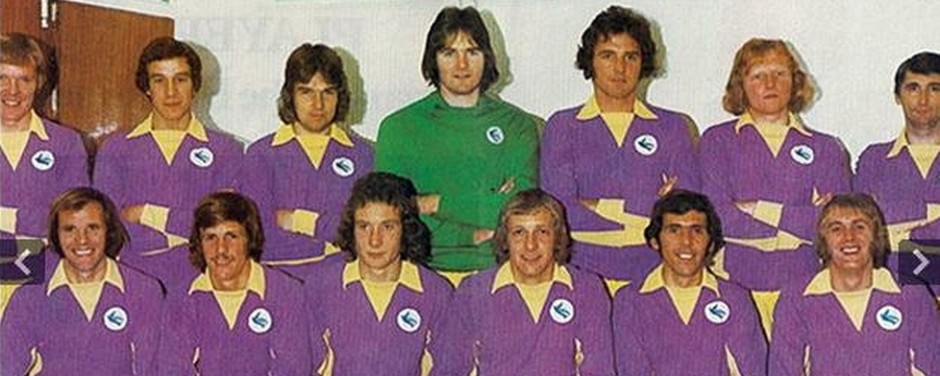
League fixtures resume on Sunday with a City side looking for their first win, and decent performance, in front of the Sky cameras this season while also hoping to avoid becoming the first Cardiff team to be “doubled” by Swansea in a league season. A draw this weekend could prove to be the highlight of our season if the second half of it remains as boring as the first half was.
Anyway, there’s always MAYA’s quiz to lift spirits! Here’s the latest one with questions from each decade going back to the sixties, I’ll post the answers on here on matchday morning.
60s. Swansea born, this winger’s middle name was the same as the forename of someone from the same location who was part of a band having number ones hits during this decade – mind you, he’d left Swansea for a big fee before the first of those chart toppers. Signed by someone who would eventually move on to bigger and better things, he did not really have the expected impact at his new club and lost his place when the man who had placed such faith in him left. This led to his club cutting their losses on him as he was picked up by another team for a fee of about half of his previous one. A change of position at his new club helped his career and he was, perhaps, playing the best football of his life when injury intervened. After that, he turned out for non league green and whites, Cathedral city blue and whites and Welsh scapegoats without being able to recapture his former glories. On the international front, his best moment came at the home of a sausage when his goal earned Wales a creditable draw, but who is he?
70s. Swansea was no more than a very brief stopping off point for this talent contest winner, who was unable to take what was a glorious opportunity at his first club, but he certainly made a big impression while he was there for a while in the middle of this decade. After not pulling up any trees at the home of an American soap opera, he established himself with some midweekers, before leaving for a short stay with a team of scamps. A move to a club whose nickname came from a local factory worked out really well for him and he was a prominent member of one of their best ever teams. If anything though, he was even more popular when he moved to a club he’d return to twice in the future. A brief stint with some flour makers did not really work out, so it was south to his former home where he further honed a skill which Graham Taylor described as one of the best he’d ever seen. A short move up the coast to a club he coached for a while as his career came to an end was followed by a spell at the venue of a classic horse race where there was evidence of a decline in his particular skill and so he finished with league football after a twenty one year career – can you name him?
80s. Yes man involved with void who became a Semi Final opponent for City.
90s. Jumping paint?
00s. Catch a rugby ball at Rhossili?
10s. Terregles Street, Dumfries is now a permanent home, of sorts, for which former jack?
20s. Who or what connects this player with Swansea City?

Answers.
60s. Barrie Spencer Jones left Swansea Town for Plymouth Argyle for a British record fee for a winger at the time of £45,000 in 1964 – the year before the Spencer Davis Group had the first of their two number one hits (Keep on Running). Plymouth manager Malcolm Allison was a big fan of Jones, but when he left for Manchester City, the player struggled to keep his place in the team and was eventually sold to City for £25,000 in 1967. Jones was the creative hub of a strong, promotion chasing, side when he broke his leg at Blackpool in October 1969 and never played league football again as he moved into the non league game to play for Yeovil, Worcester City and Merthyr Tydfil. Capped fifteen times for Wales, one of the two goals he scored for his country came in a 1-1 draw against West Germany in Frankfurt in March 1969.
70s. Liverpudlian Tommy Tynan was given a contract with Liverpool after winning a talent contest run by the Liverpool Echo, but he never played a game for them and his first taste of senior football came when he managed to score a goal a game during a six match loan spell at Swansea in 1975. Arriving at Sheffield Wednesday via Dallas Tornado, Tynan managed a decent thirty one goals from ninety one appearances, but after just one in nine matches for Lincoln, there still wasn’t much evidence of a natural finishing talent former England manager Graham Taylor called among the best he’d ever seen when he moved to Newport (then nicknamed the Ironsides because of the nearby Lysaght’s Orb steelworks) in 1878. However, he took his career goals total beyond one hundred with County by scoring at a rate of better than one in every three matches over a five year period. It was during three spells with Plymouth though that Tynan really prospered with one hundred and twenty six goals in his two hundred and sixty two matches for them – in between times he played for Rotherham and then he finished off with spells at Torquay and Doncaster having scored two hundred and fifty nine times in a career which never saw him play a single game in the top flight.
80s. Simon Davey made his debut for Swansea in 1987 and in 2008 he was manager of the Barnsley team beaten by Joe Ledley’s goal in the FA Cup Semi Final at Wembley.
90s.Matt Bound.
00s. Mark Gower.
10s. Queen of the South’s ground, Palmerston Park, is situated on Terregles Street in Dumfries and in October of last year a statue of three club legends was unveiled at the ground – one of the trio was ex Swansea player Stephen Dobbie.
20s. Morgan Gibbs White of Wolves scored for England Under 17s when they beat Spain 5-2 in the World Cup Final for that age group in 2017 – this week Liverpool’s Rhian Brewster and Chelsea’s Marc Guehi, who both scored in that game, joined Swansea on loan.



